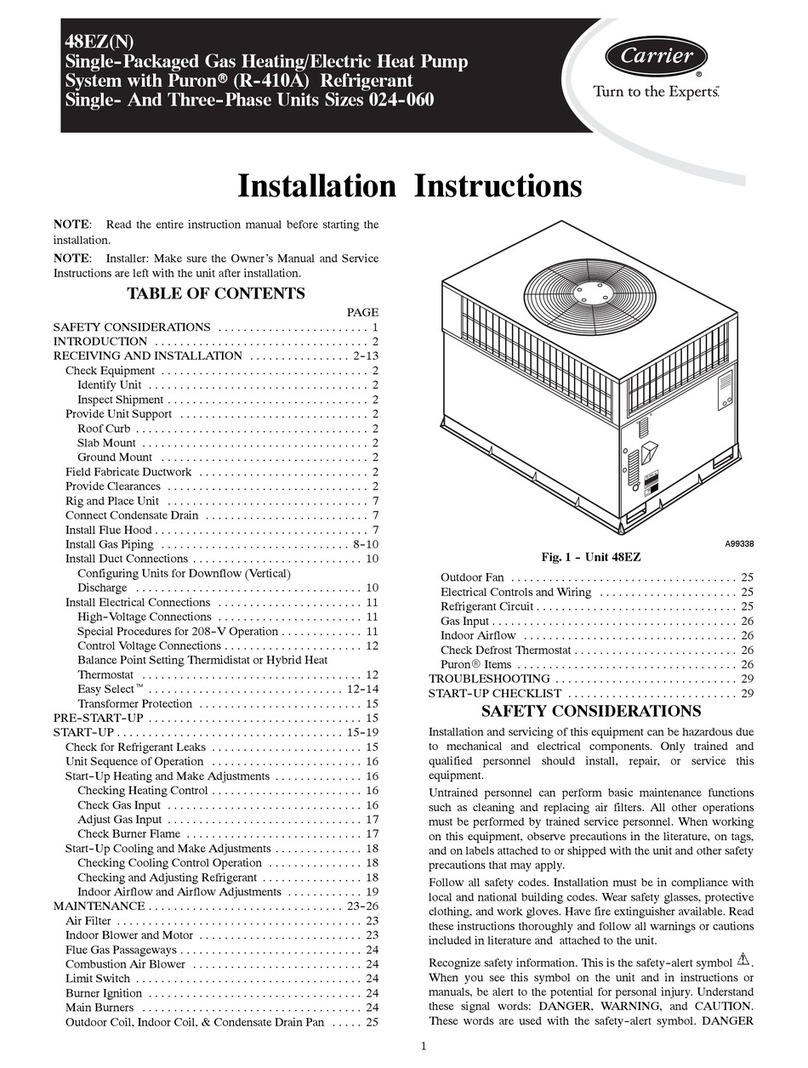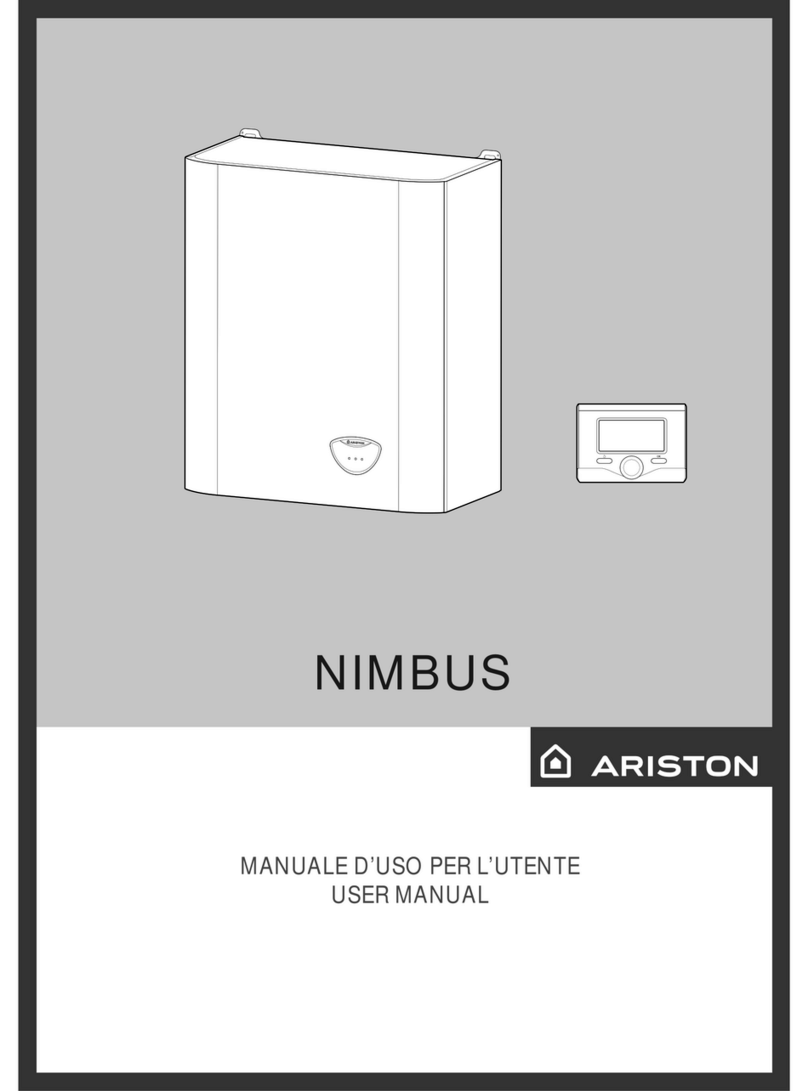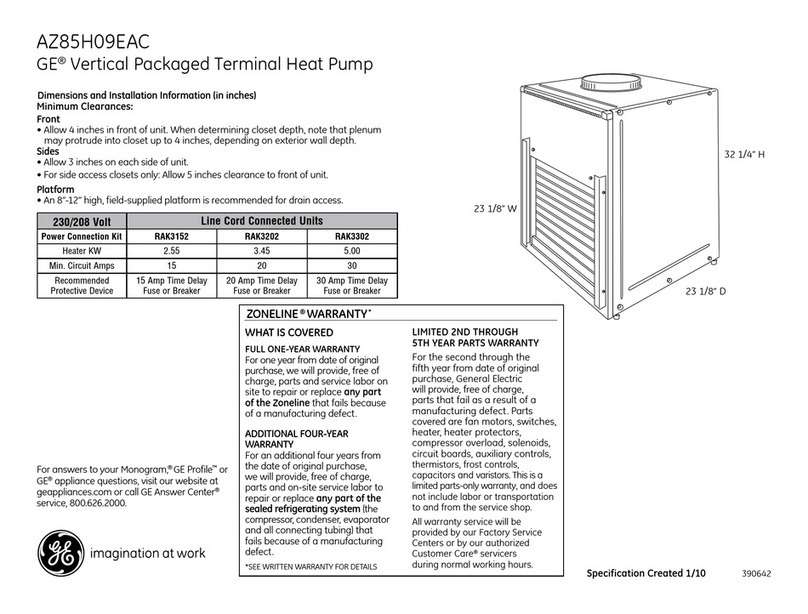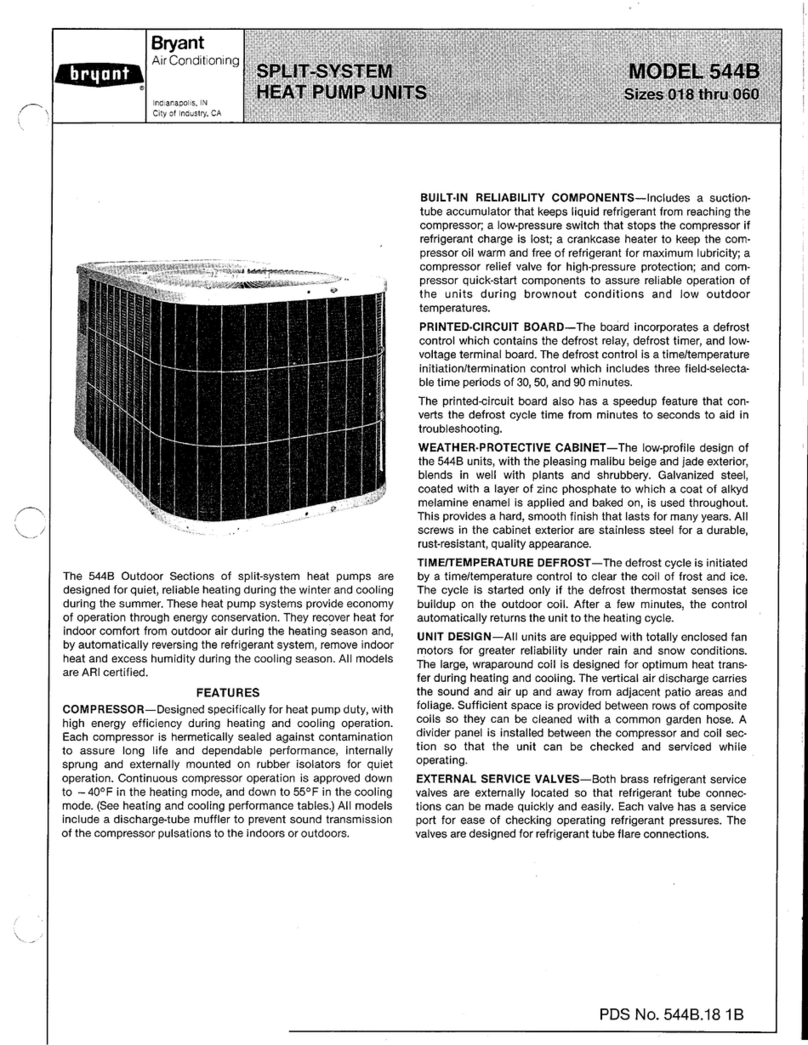FAILURE TO FOLLOW THESE INSTRUCTIONS
WILL VOID YOUR WARRANTY
MANDATORY SAFETY MEASURES
Congratulations for your purchase of an Elite heat pump. Your new Elite heat pump will extend your
pool season and bring you years of comfort and enjoyment.
This document will help to answer any questions you may have, will provide technical support and
will allow you to take full advantage of your new Elite heat pump safely.
Please take the time to read this document in its entirety.
IMPORTANT: YOUR HEAT PUMP MUST BE INSTALLED
BY A CERTIFIED ELECTRICIAN.
READ AND FOLLOW ALL INSTRUCTIONS.
ELECTRICAL HAZARDS
To reduce the risk of electrical shock:
-All electrical connections should be made by a licensed electrician in accordance with national,
provincial and local codes and standards.
-Before installing or removing any Elite equipment, make sure that all breakers covering the pool
area have been turned off.
-A clearly identified breaker must be installed in order to be able to interrupt power to the heat
pump in case of an emergency.
-Never open the electrical box without having shut off all power sources to the heat pump
beforehand.
-If your heat pump is equipped with a water pump control option, don’t forget to turn off the breaker
for this pump prior to intervening.
CHEMICAL HAZARDS
Poorly balanced water may produce bacteria that can affect your health as well as damage your
pool and its equipment. Have your water analyzed weekly by an expert.
To avoid injury when using chemical products, wear rubber gloves and safety goggles, and work in
a well-ventilated area. Choose wisely the area where you will be handling these chemicals, as they
may damage any surface they come in contact with.



























